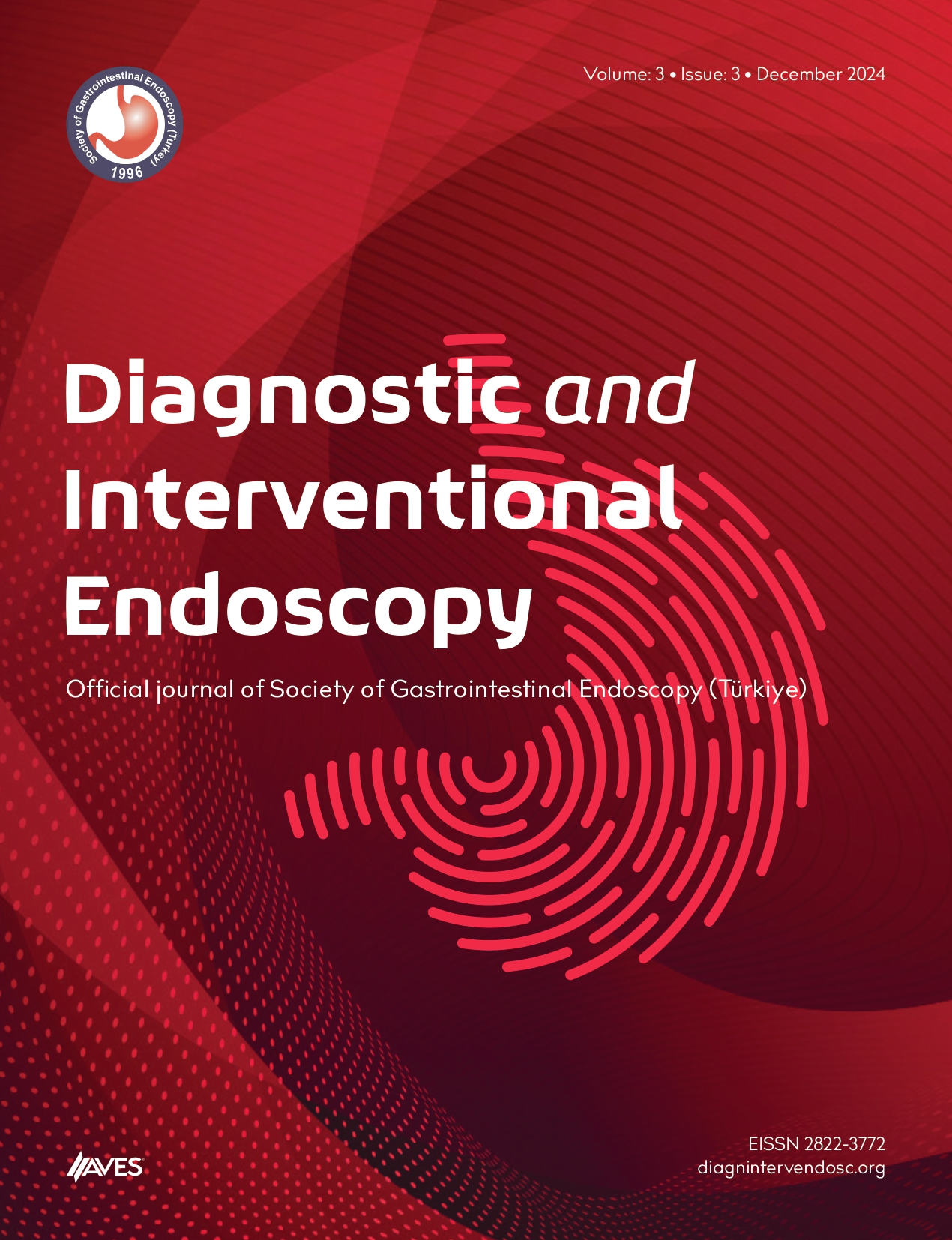Objective: There are limited data on the applicability of the narrow-band imaging (NBI) International Colorectal Endoscopic (NICE) classification for colorectal lesions larger than 10 mm. The purpose of the present study was to evaluate the correlation between the NICE classification and histopathology of colorectal lesions larger than 10 mm resected using endoscopic submucosal dissection (ESD).
Methods: The present single-center retrospective study screened patients who underwent ESD between August 2019 and December 2020. The study included colorectal lesions that were larger than 10 mm and considered as NICE type 2 or type 3 in NBI examination. The correlation between the NICE classification and histopathology was the primary endpoint.
Results: In total, 64 colorectal lesions were included. There were 54 lesions in the NICE type 2 group and 10 lesions in the NICE type 3 group. The en bloc resection rate with ESD was 100%, and the R0 resection rate was 96%. Submucosal fibrosis was more common in the NICE type 3 group. The procedure durations were similar in both groups. Histopathological correlation was better in the NICE type 2 group. The submucosal invasion rate was higher in the NICE type 3 group (P < .05).
Conclusion: The NICE classification may be insufficient for diagnosis of deep submucosal invasive colorectal lesions larger than 10 mm. Diagnostic ESD can be safely applied in some colorectal lesions considered as NICE type 3.
Cite this article as: Buyruk AM, Livaoğlu A, Şenkaya A, et al. Histopathological compatibility of narrow-band imaging international colorectal endoscopic classification for endoscopic submucosal dissection in colorectal lesions: a single-center experience. Diagn Interv Endosc. 2022;1(1):1-6.

.png)


.png)